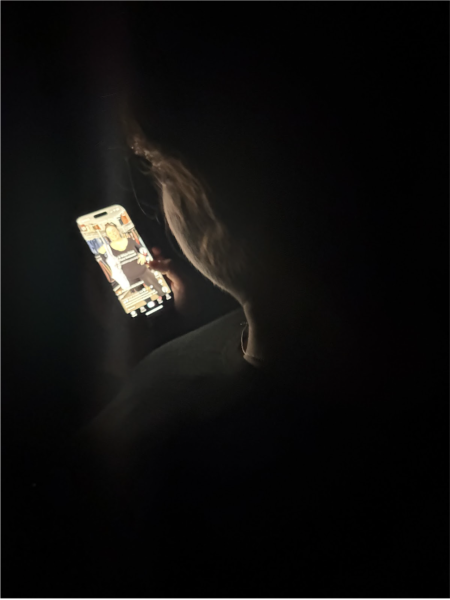Your Guide to Which Face Masks to Wear
12 months ago you were lucky to find a mask, much less have the opportunity to select out of a variety. However, the world has changed very quickly and supply has met demand. We now have the opportunity not only to get a mask but to select the mask best suited for us and our situation. It’s almost like buying shampoo; there are so many choices, which makes it difficult to know which one to choose. You’ll always pay for your product but the product may fall short of your expectations. When you spend 99 percent of your life in the house during a pandemic, most do not really think about the masks they wear. Now that we’re hopefully seeing light at the end of the pandemic-tunnel, we cannot let down our guard and we should all strive to protect others and ourselves. Here is a comprehensive list of different types of masks and their effectiveness in stopping the spread of COVID.
1. Bandana
Rating (personal): 0/10
Recommended for school: no
When choosing a mask to wear or buying a new one, I wouldn’t recommend a bandana. According to a study conducted by the Florida Atlantic University, bandana-style coverings were only able to stop some of the respiratory droplets. When tested to see how far respiratory droplets were able to travel, it was a total of 3 feet and 7 inches, which is still a serious distance. In another study performed by Duke University it was found that neck gaiters (made from polyester and spandex) produced more particles than wearing no mask.
2. Masks with Exhalation Valves
Rating: 1/10
Recommended for school: no
Wearing a mask with exhalation valves or vents can make it easier for you to breathe. However, this allows respiratory droplets to escape your mask and infect others. The CDC recommends you not to wear these types of masks. Instead they are intended for industrial workers to prevent the inhalation of dust.
3. Face Shield
Rating: 1/10, with a mask 9/10
Recommended for school: no, but with a mask, yes
Face shields are also not recommended by the CDC as a replacement for a mask. They are not effective in protecting yourself and others since there are many large gaps. This allows your respiratory droplets to reach and infect others, and they can reach you as well. However, you can use a face shield with a mask, but the effectiveness of face shields is unknown at this time.
4. Medical Masks
Rating: 8/10
Recommended for school: yes
Medical, disposable or surgical masks are an okay option when it comes to picking masks. They are close to your face without large gaps and are effective when it comes to protecting you and others from COVID-19. It is also a recommended mask by the CDC. However, according to the World Health Organization, medical masks should be used by the following people: health care workers, people not feeling well, people waiting for COVID-19 results, people caring for someone with COVID-19, people aged 60 and over, and people with underlying health conditions. This is because they are at a higher risk of becoming infected with COVID-19 and becoming very sick or even dying. They should be reserved for those who need it most.
5. Cloth Masks
Rating: 9/10
Recommended for school: yes!
Cloth masks are a great option for people to wear. There is a wide variety of options when it comes to picking the fabric and patterns. Picking the best fitting mask is key and decreases the chances of obtaining COVID-19. Some fabric masks can have large gaps at the top or the sides, so it is important to be mindful of the fit when wearing these. The cloth mask should be breathable with many layers of tightly woven fabric.
The best possible mask for people to wear is a cloth mask, although it depends how the mask fits and the amount of layers it has. It is most effective to choose a cloth mask that has two to three layers, an inner filter pocket, and is made with fabric that you can breathe through such as cotton. Fabrics that are loose knit or only have one layer do not protect as well. When picking out a cloth mask make sure that it blocks light coming through a light source. Making sure that your mask fits correctly on you is also extremely important in having optimal protection. You can improve this by having a nose wire which prevents particles from getting through the top of your mask, using a mask brace, or knotting the ear loops of the mask to best fit your face. Wearing two masks can improve fit and filtration. Additionally, in a recent study done by the CDC, the results showed that wearing a medical and cloth mask instead of each individually improves protection for yourself and others. Therefore the best option is either a fabric mask or double masking depending on your preference.
**Do not double mask using medical masks because they are not supposed to fit tight and it will not help with the fit of the mask.











